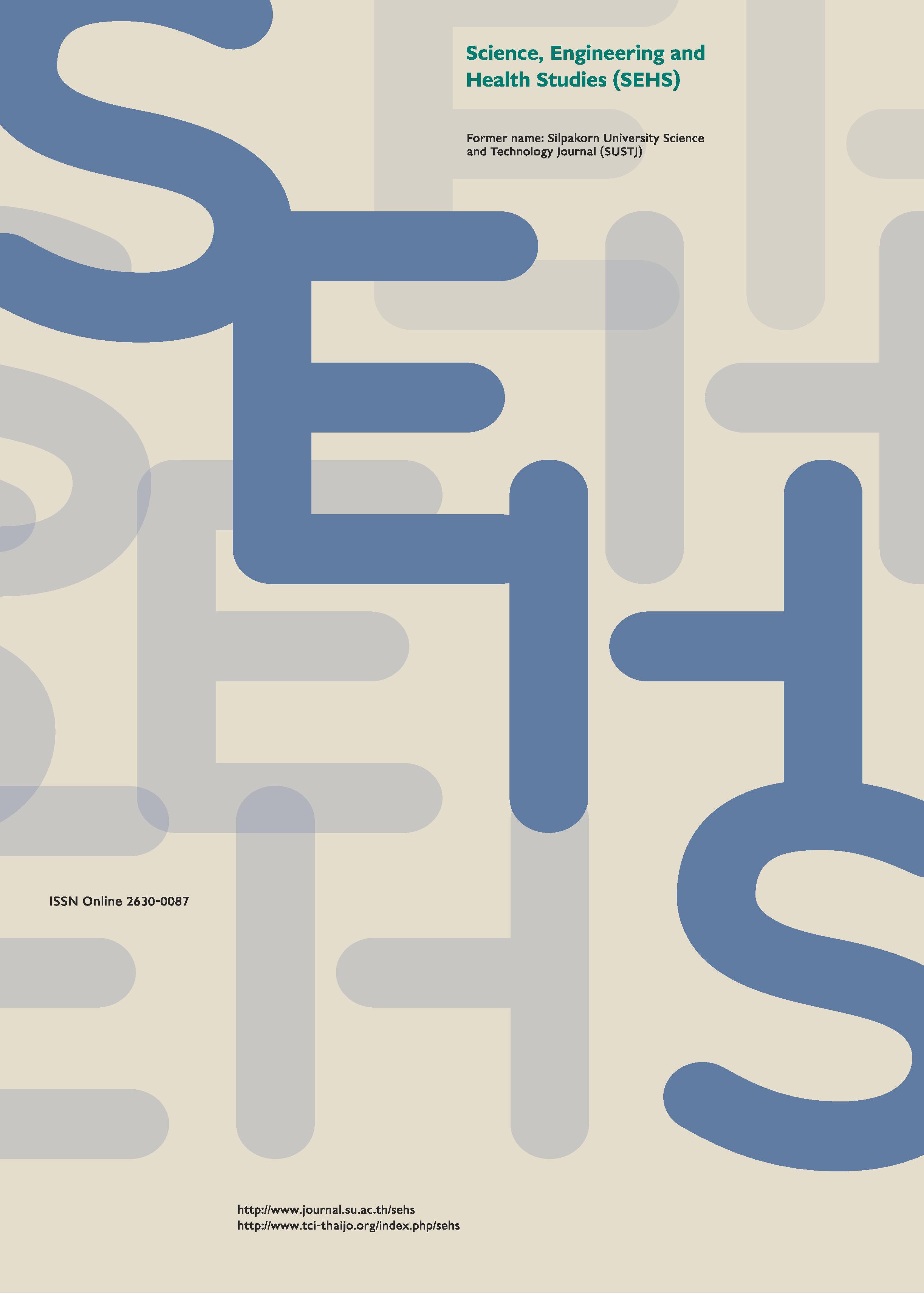Comparison of individual characteristics on surface of a bullet fired from polygonal-rifled barrel using super-high vertical resolution non contact 3D surface profiler
Main Article Content
Abstract
This research aims to study individual characteristics on surface of a bullet fired from polygonal-rifled barrel and to apply super-high vertical resolution non contact 3D surface profiler to compare individual characteristics on bullet surface. Four 9-mm full metal jacket bullets were fired from three individual semi automatic firearms with polygonal rifling. The results show the efficiency of the super-high vertical resolution non contact 3D surface profiler in identifying the individual characteristics on the surface of a bullet fired from polygonal-rifled barrel. Mean and statistical relationship of depth (Z-axis) of land-engraved areas from the same and different firearms show that the Z-axis of individual characteristics on the surface of a bullet fired from the same polygonal-rifled firearm has no difference in statistical significance at 0.05. Thus, the super-high vertical resolution non contact 3D surface profiler can be applied to identify and compare individual characteristics on the surface of a bullet fired from a polygonal-rifling barrel.
Downloads
Article Details
References
Akejakrawan, S., Suebpongsiri, S., and Boonmak, T. (2017a). The application of 3D Microscope for examination of marking on bullet surface. KKU Research Journal (Graduate Study), 17(3), 1-7. (Thai)
Akejakrawan, S., Suebpongsiri, S., and Boonmak, T. (2017b). Photography surface of bullet 3D for comparison individual marks of bullet fired from polygonal rifling. Veridian E-Journal, Science and Technology Silpakorn University, 4(3), 36-49. (Thai)
Cooper, C. E. (2008). Forensic Science. USA: Dorling Kindersley Ltd., p. 33.
Criminal Defense Resource Center. (2008, December). Criminal Defense Newsletter, 31(12), 2-3.
Gerules, G., Bhatia, S. K., and Jackson, D. E. (2013). A survey of image processing techniques and statistics for ballistic specimens in forensic science. Science and Justice, 53(2), 236-250.
Nikon Corporation. (2014). Super-high Vertical Resolution Non-Contact 3D Surface Profiler BW-S500/BW-D500 Series. Tokyo: Nikon Corporation.
Vanderkolk, J. R. (2009). Forensic Comparative Science: Qualitative Quantitative Source Determination of Unique Impressions, Images, and Objects. London: Academic Press, p.138.
White, P. C. (2008). Crime Scene to Court: The Essentials of Forensic Science. Cambridge: The Royal Society of Chemistry, pp. 283-284.

